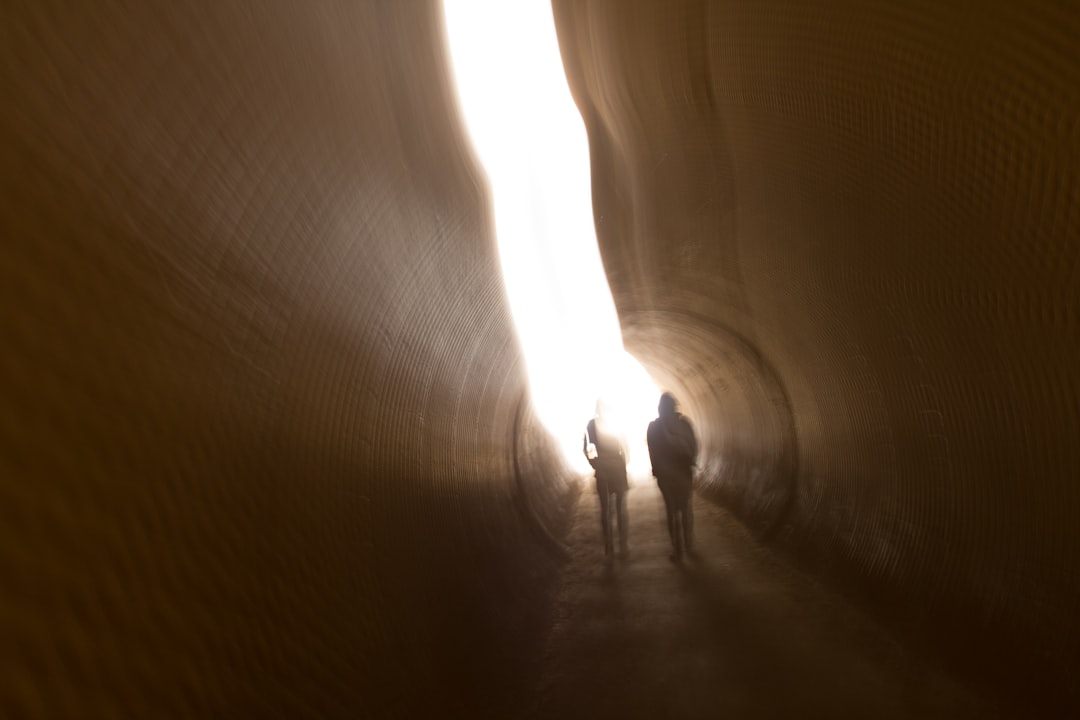The Drake Passage, a body of water that separates South America from Antarctica, is renowned for its tumultuous seas and rich maritime history. Stretching approximately 800 kilometers (500 miles) from Cape Horn in Chile to the South Shetland Islands of Antarctica, this passage is not only a critical route for maritime navigation but also a significant area for scientific exploration and ecological study. The waters of the Drake Passage are often characterized by their unpredictable weather patterns and strong currents, making it both a challenging and fascinating region for sailors and researchers alike.
The passage is named after the famous English explorer Sir Francis Drake, who was the first known person to navigate these waters in the late 16th century. The Drake Passage serves as a vital link between the Atlantic and Pacific Oceans, playing a crucial role in global ocean circulation. Its unique geographical and climatic conditions have made it a focal point for studies related to climate change, marine biology, and oceanography.
As such, understanding the Drake Passage is essential not only for navigational purposes but also for comprehending broader environmental issues that affect the planet.
Key Takeaways
- Drake Passage is a narrow body of water between South America’s Cape Horn and the South Shetland Islands of Antarctica, known for its challenging sailing conditions.
- Sir Francis Drake, the English explorer, is the namesake of Drake Passage, having navigated the treacherous waters during his circumnavigation of the globe in the 16th century.
- The discovery of Drake Passage in 1616 by Dutch explorers Willem Schouten and Jacob Le Maire opened up a new route for ships traveling between the Atlantic and Pacific Oceans.
- The geographic features of Drake Passage, including its deep ocean trenches and strong westerly winds, contribute to its reputation as one of the roughest seas in the world.
- The climate and weather in Drake Passage are characterized by strong winds, high waves, and rapidly changing conditions, making it a challenging environment for both sailors and researchers.
Sir Francis Drake: The Explorer
Sir Francis Drake was a prominent figure in the Age of Exploration, known for his daring voyages and significant contributions to maritime navigation. Born in England around 1540, he became one of the first Englishmen to circumnavigate the globe, completing his journey between 1577 and 1580.
Drake’s explorations were not merely about discovery; they were also driven by the desire to challenge Spanish dominance on the seas. Drake’s legacy is closely tied to his navigation of the waters that would later be named the Drake Passage. In 1578, he sailed through these treacherous waters during his circumnavigation, marking a significant moment in maritime history.
His encounters with the fierce storms and unpredictable currents of the passage showcased both his skill as a navigator and the formidable nature of this body of water. Drake’s voyages opened up new possibilities for exploration and trade, paving the way for future explorers who would follow in his wake.
The Discovery of Drake Passage

The discovery of the Drake Passage is often attributed to Sir Francis Drake himself, who first charted these waters during his historic circumnavigation. However, it is essential to recognize that while Drake was the first European to navigate this passage, indigenous peoples had long been aware of these waters long before his arrival. The passage was known to local populations who utilized its resources and navigated its challenges.
Drake’s exploration brought international attention to the region, leading to increased interest from other European powers. His detailed accounts of the passage’s conditions and geography sparked further expeditions aimed at understanding this remote area. Over time, the Drake Passage became a critical route for whalers, sealers, and later, scientific expeditions seeking to study the unique ecosystems found in these frigid waters.
The passage’s discovery marked a turning point in maritime exploration, highlighting both its potential for navigation and its ecological significance.
Geographic Features of Drake Passage
| Geographic Feature | Description |
|---|---|
| Drake Passage | Body of water between the southern tip of South America and the South Shetland Islands of Antarctica |
| Cape Horn | Landmark located on Isla Hornos in the Tierra del Fuego archipelago of southern Chile |
| South Shetland Islands | Archipelago off the northern tip of the Antarctic Peninsula |
| Antarctic Convergence | Zone where cold, northward-flowing Antarctic waters meet the relatively warmer waters of the subantarctic |
The geographic features of the Drake Passage are as diverse as they are striking. The passage is characterized by deep oceanic trenches, steep underwater ridges, and a complex network of currents that contribute to its notorious reputation among sailors. The depth of the passage reaches over 4,000 meters (13,000 feet) in some areas, creating an environment that is both mysterious and challenging to navigate.
One of the most notable features of the Drake Passage is the Antarctic Circumpolar Current, which flows continuously around Antarctica and influences global ocean circulation patterns. This current is responsible for the cold temperatures and rough seas that define the passage. Additionally, the convergence of warm and cold water masses in this region creates unique marine habitats that support a diverse array of wildlife.
The interplay between these geographic features and ocean currents makes the Drake Passage a dynamic environment that continues to intrigue scientists and explorers alike.
Climate and Weather in Drake Passage
The climate in the Drake Passage is characterized by its extreme variability, influenced by its geographical location between two major oceans. The region experiences strong winds, frequent storms, and rapidly changing weather conditions that can shift from calm to turbulent within minutes. This unpredictability poses significant challenges for navigation and has earned the passage a reputation as one of the most treacherous waterways in the world.
Temperatures in the Drake Passage can vary widely depending on the season. During summer months, temperatures may hover around freezing, while winter brings frigid conditions that can plunge well below zero. The combination of cold air masses from Antarctica and warmer air from the north creates a unique microclimate that contributes to the passage’s notorious weather patterns.
Understanding these climatic conditions is crucial for those who venture into these waters, as they can significantly impact safety and navigation.
Wildlife in Drake Passage

The Drake Passage is home to an astonishing array of wildlife, making it a vital area for marine biodiversity. The nutrient-rich waters support various species, including krill, which serves as a primary food source for many marine animals. This abundance of krill attracts numerous species of whales, seals, and seabirds that thrive in this unique ecosystem.
Among the most notable inhabitants of the Drake Passage are humpback whales, orcas, and blue whales, which migrate through these waters in search of food during certain seasons. Additionally, various species of penguins can be found along the coasts of nearby islands, including Adélie and Gentoo penguins. The presence of these animals highlights the ecological significance of the passage and underscores its role as a critical habitat for marine life.
Conservation efforts are increasingly focused on protecting these species and their habitats from threats such as climate change and overfishing.
Importance of Drake Passage for Scientific Research
The Drake Passage serves as an essential site for scientific research due to its unique environmental conditions and rich biodiversity. Researchers from around the world flock to this region to study various aspects of marine biology, oceanography, and climate science. The passage’s location at the convergence of different ocean currents provides valuable insights into global ocean circulation patterns and their impact on climate change.
One significant area of research in the Drake Passage involves studying the effects of climate change on marine ecosystems. As temperatures rise and ice melts in Antarctica, scientists are keenly interested in understanding how these changes affect marine life and ocean chemistry.
Challenges of Navigating Drake Passage
Navigating the Drake Passage presents numerous challenges due to its unpredictable weather patterns and strong currents. Sailors must contend with rough seas that can arise suddenly, making it essential for vessels to be well-prepared for any eventuality. The combination of high winds, large waves, and rapidly changing conditions can create hazardous situations for even experienced mariners.
In addition to weather-related challenges, navigators must also be aware of underwater topography that can complicate navigation. The presence of submerged ridges and deep trenches requires careful charting and constant vigilance while at sea. Despite these challenges, many adventurers are drawn to the allure of crossing the Drake Passage, viewing it as a rite of passage that tests their skills and resilience against nature’s formidable forces.
Expeditions and Cruises through Drake Passage
The allure of the Drake Passage has led to numerous expeditions and cruises that explore its waters each year. Adventure seekers and nature enthusiasts embark on journeys through this iconic passage to witness its breathtaking landscapes and diverse wildlife firsthand. Many cruise operators offer guided tours that provide passengers with opportunities to observe whales, seabirds, and other marine life while learning about the region’s ecological significance.
These expeditions often include educational components led by experts in marine biology and environmental science who share their knowledge about the unique ecosystems found within the passage. Travelers are not only treated to stunning views but also gain insights into ongoing conservation efforts aimed at protecting this fragile environment. As interest in eco-tourism continues to grow, more people are recognizing the importance of responsible travel practices that prioritize sustainability while exploring this remarkable region.
Conservation Efforts in Drake Passage
Conservation efforts in the Drake Passage are crucial for protecting its unique ecosystems and biodiversity from various threats. Organizations dedicated to marine conservation work tirelessly to raise awareness about the importance of preserving this fragile environment. Initiatives focus on monitoring wildlife populations, conducting research on climate change impacts, and advocating for sustainable fishing practices.
One significant aspect of conservation efforts involves establishing marine protected areas (MPAs) within the passage to safeguard critical habitats from overfishing and industrial activities. These MPAs aim to create safe havens for marine life while allowing researchers to study ecosystems without human interference. Collaborative efforts between governments, non-profit organizations, and local communities are essential in ensuring that conservation measures are effective and sustainable over time.
The Future of Drake Passage
The future of the Drake Passage remains uncertain as climate change continues to pose significant challenges to its ecosystems and weather patterns. Rising temperatures threaten not only marine life but also global ocean circulation systems that play a vital role in regulating climate worldwide. As scientists continue to study these changes, it becomes increasingly important to implement effective conservation strategies that address both immediate threats and long-term sustainability.
Moreover, as interest in eco-tourism grows, there is an opportunity for responsible travel practices to contribute positively to conservation efforts in the region. By promoting awareness about environmental issues among travelers and encouraging sustainable practices within tourism industries operating in the area, stakeholders can help protect this remarkable passage for future generations. Ultimately, fostering a deeper understanding of the ecological significance of the Drake Passage will be key in ensuring its preservation amidst ongoing environmental challenges.
The Drake Passage, a significant body of water connecting the Atlantic and Pacific Oceans, is named after the English explorer Sir Francis Drake. This passage is renowned for its challenging navigation conditions and its role in global ocean circulation. For more information on the historical significance and geographical details of the Drake Passage, you can explore a related article on MyGeoQuest. This resource provides insights into the exploration history and the natural phenomena associated with this crucial maritime route.
WATCH NOW! Drake Passage: Earth’s Deadliest Waters Revealed
FAQs
What is the Drake Passage?
The Drake Passage is a body of water located between the southern tip of South America and the northern tip of the Antarctic Peninsula. It connects the Atlantic and Pacific Oceans.
Who is the Drake Passage named after?
The Drake Passage is named after Sir Francis Drake, the English explorer who is known for being the first Englishman to circumnavigate the globe.
When was the Drake Passage named?
The Drake Passage was named in the 16th century, after Sir Francis Drake’s famous voyage around the world.
Why is the Drake Passage significant?
The Drake Passage is significant because it is one of the most challenging and treacherous bodies of water for sailors to navigate. It is known for its strong winds, rough seas, and unpredictable weather conditions.
What is the wildlife like in the Drake Passage?
The Drake Passage is home to a diverse range of wildlife, including various species of seabirds, whales, and seals. It is also a popular area for scientific research due to its unique ecosystem.
